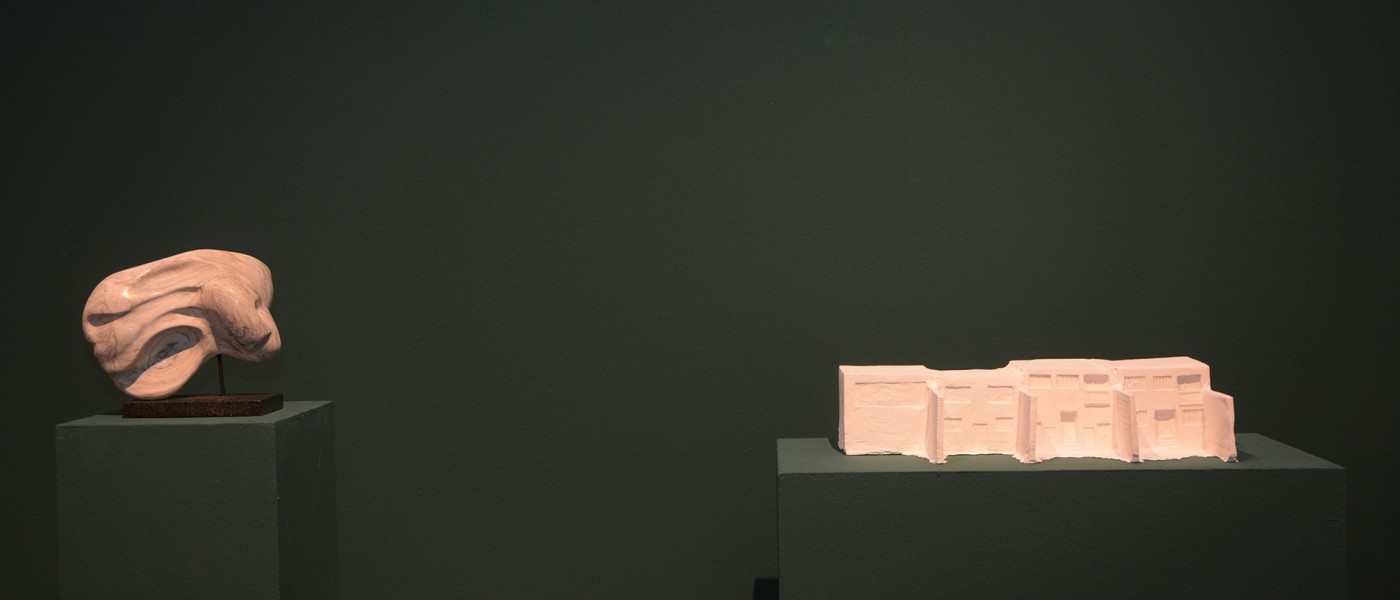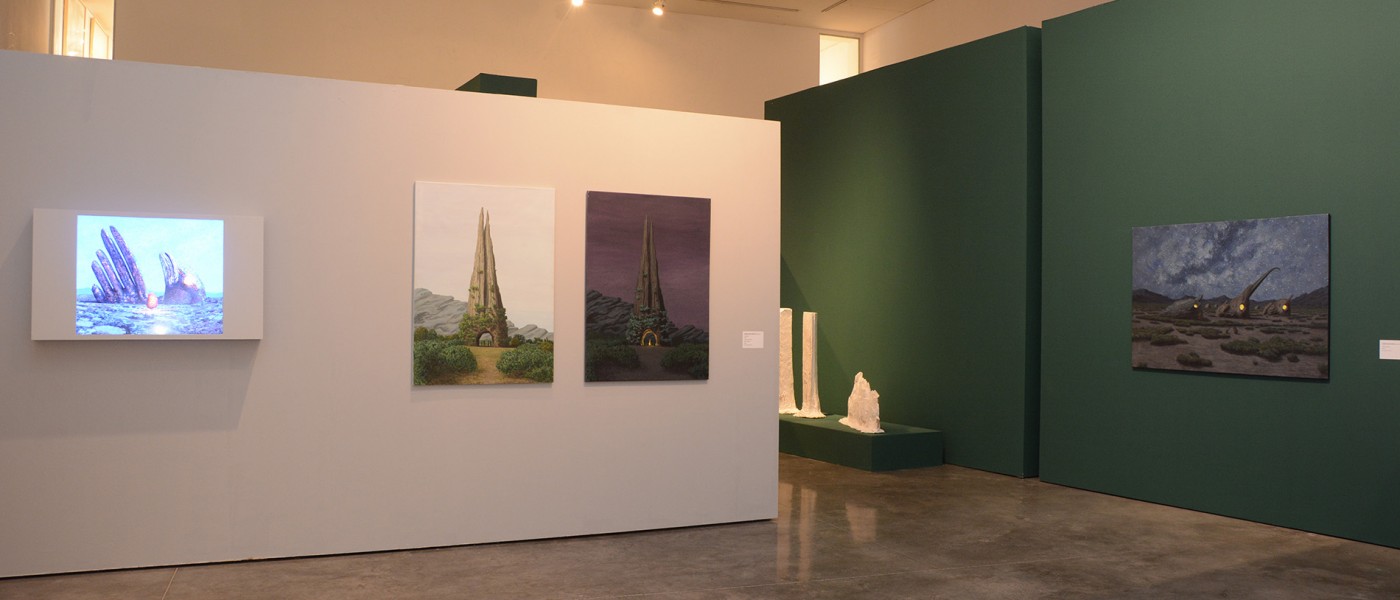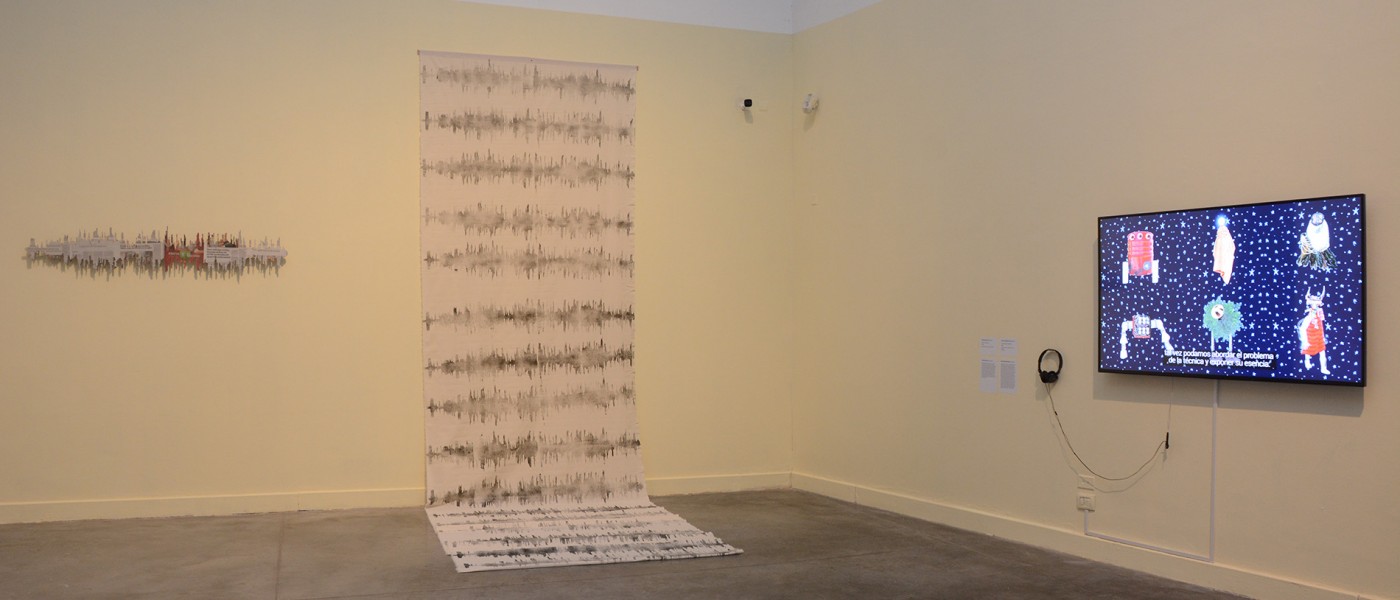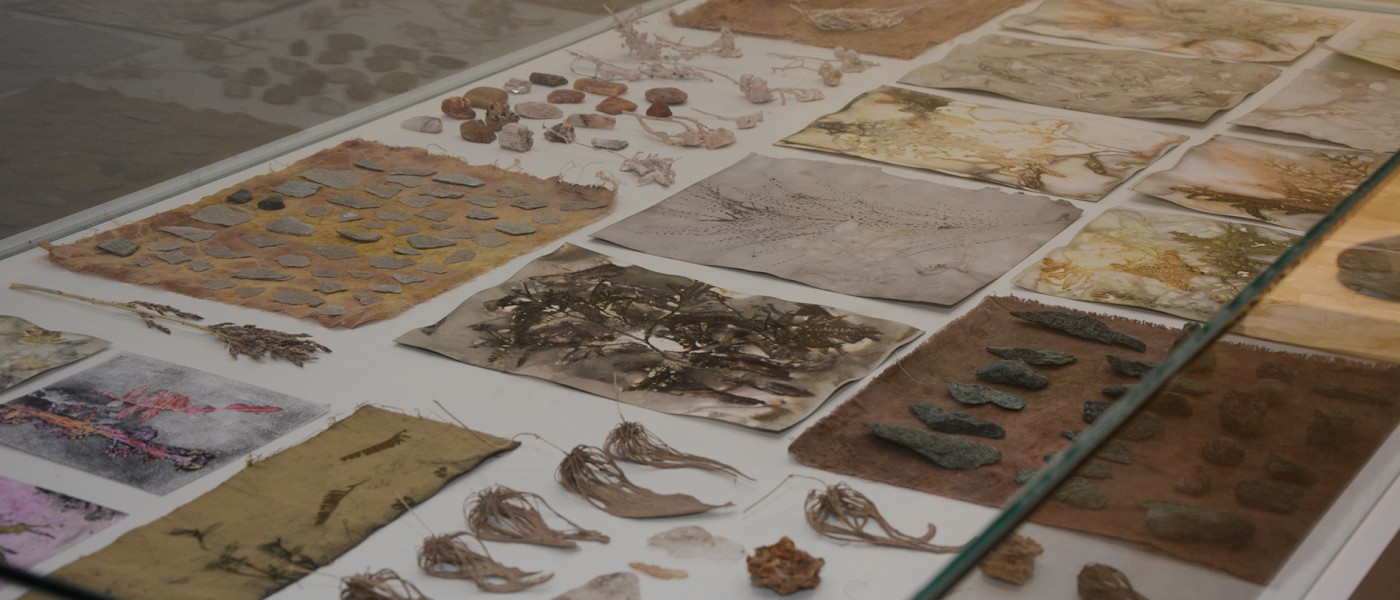Opening: Tuesday August 17th 8pm The exhibition The Archaeology of Feeling is based on the collections of the Archaeological Museum of this city, although rather than presenting an overview of the valuable pieces it houses, it offers a selection of some of them with the aim of establishing a link with current productions from San Juan, created in accordance with different aesthetic-expressive patterns. Art has the potential to discover or invent relationships between very different objects and situations: it fosters secret affinities, complicities and agreements between works conceived in the same territory, albeit from different times, origins, and perceptions.
This exhibition brings together works produced by multiple historical and social subjects: both pre-Columbian cultures and present-day popular communities of rural origin and urban and suburban sectors. When popular subjects emerge as artists, they enrich not only the field of production, but also the theory that elaborates on them. Moreover, the contemporary, defined in terms of the possibility of articulating different art systems, is determined to a large extent by its approach to diversity: that of times, cultures, styles and trends, sensitivities, and knowledge. The curatorial proposal of this exhibition addresses questions about the boundaries of art, which today seeks to break away from universal categories established along Euro-Western lines and to open up to alternative cultural modalities. Each exhibition attempts various contingent answers to questions about the scope of art. This exhibition project addresses these questions by pointing in multiple directions without attempting to answer them. Although its title obviously alludes to Foucault's The Archaeology of Knowledge, it does not seek to analyse the conditions of discourse, but rather to approach the domain of the questions on the basis of micropolitical, topological archaeologies through explorations that follow the paths of subjectivity, those of the senses and affections, in other words, the erratic course of desire. The works of popular origin, which pose the undecidable between art and crafts, are laden with poetic-expressive energies that cannot be translated in terms of pure functionality or manual dexterity. Their integration in an exhibition with ceramics, textiles and lithic materials of millenary origin stirs up the depths of a bottomless memory. And bringing these productions face to face with those by contemporary artists produces short circuits and resonances that give rise to new paths, constellations of meaning and maps.
Ticio Escobar










